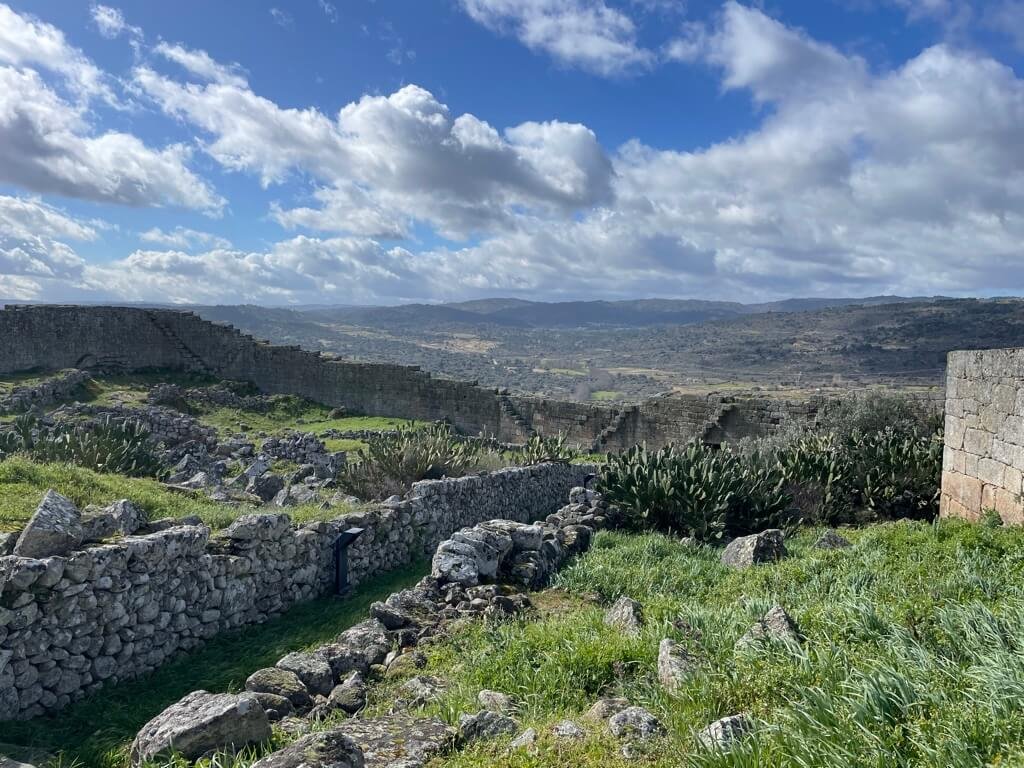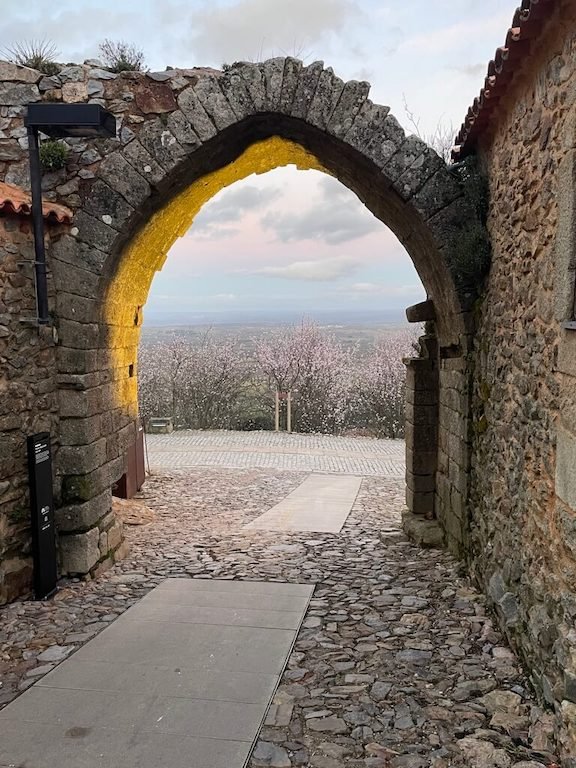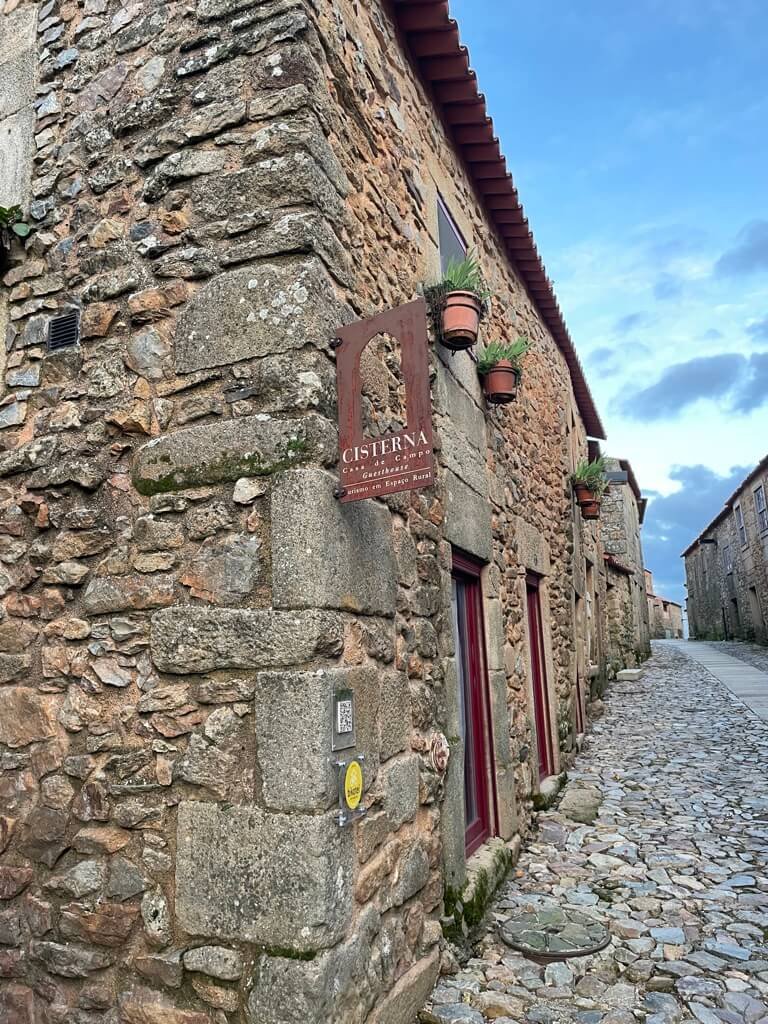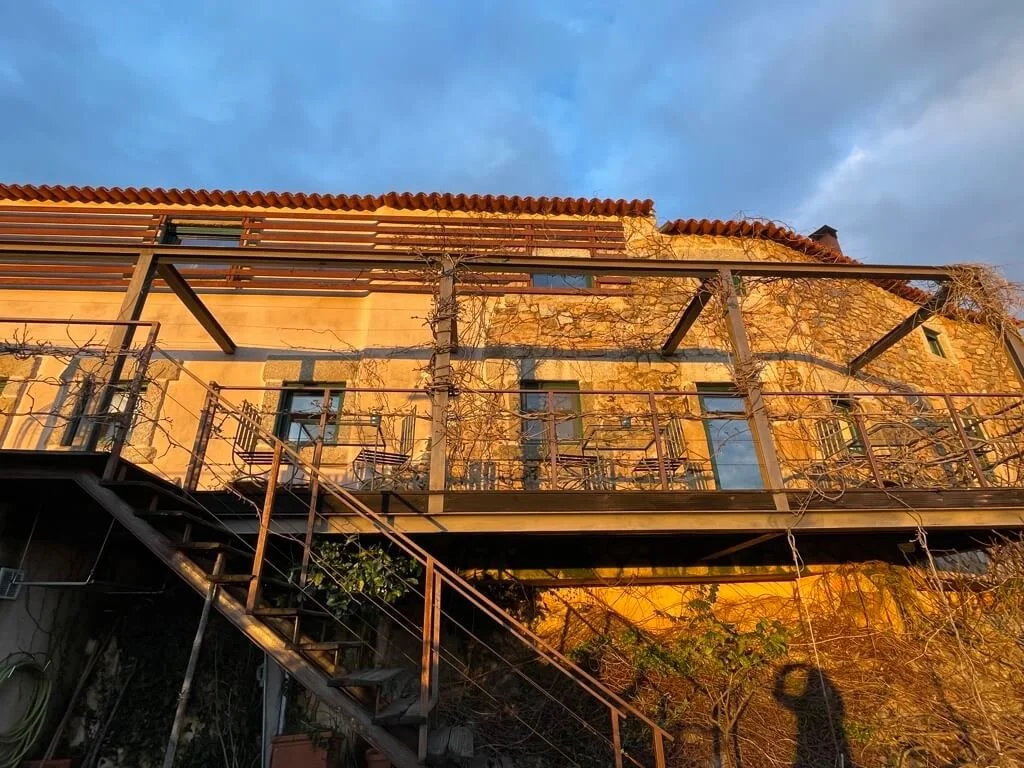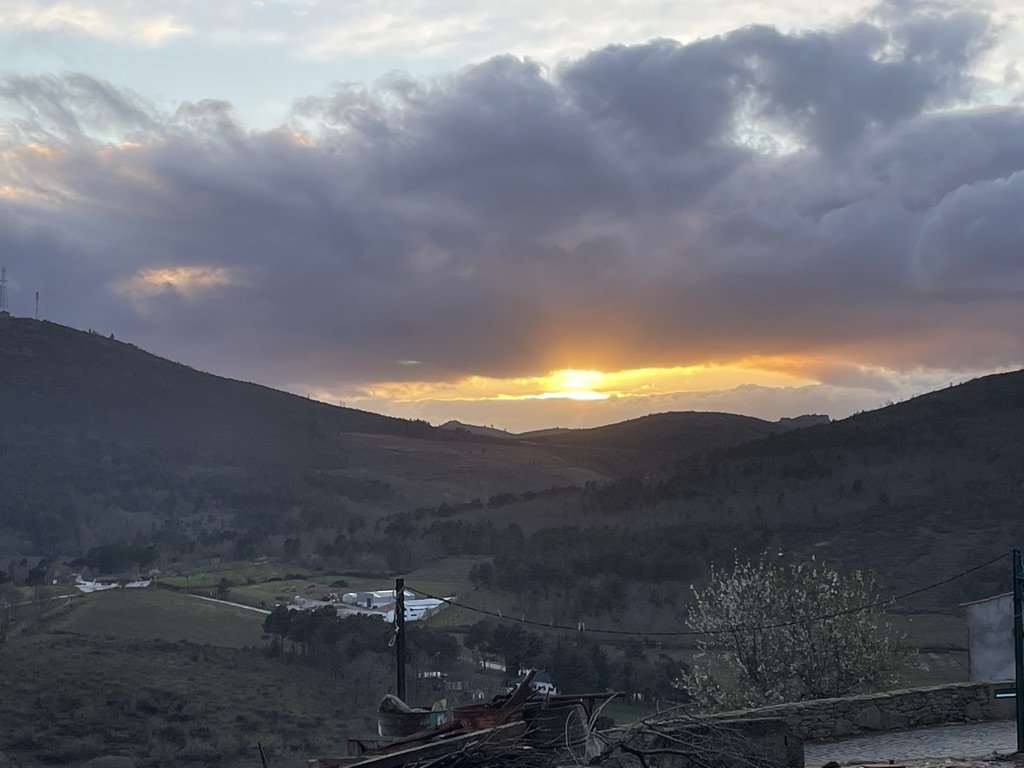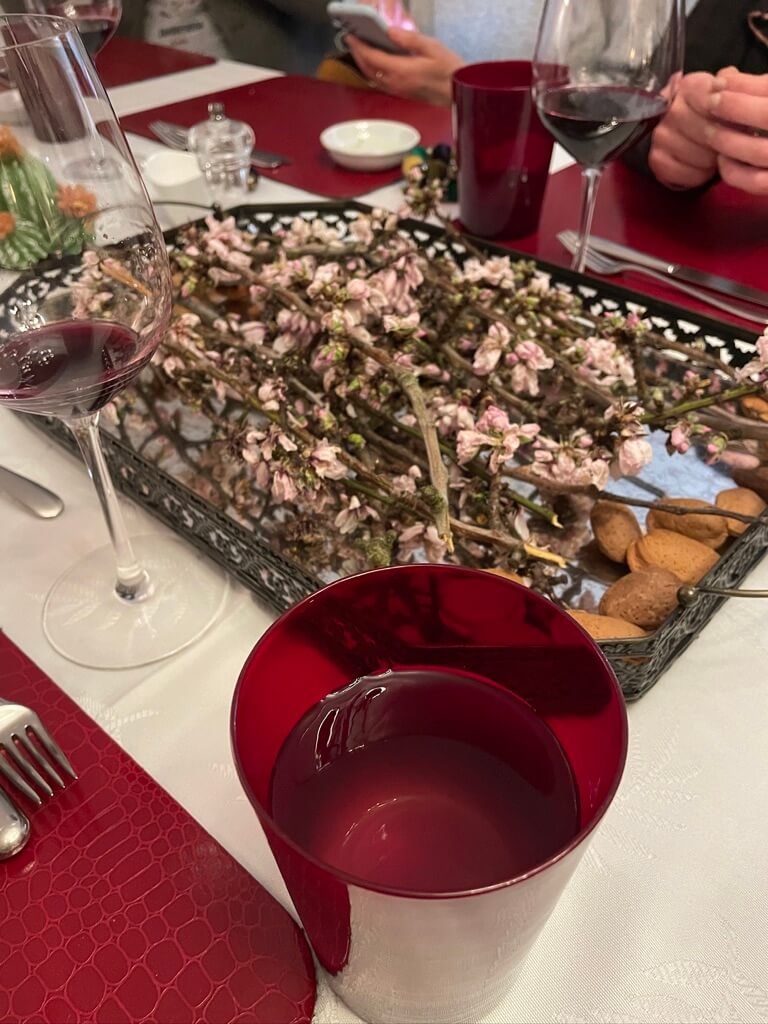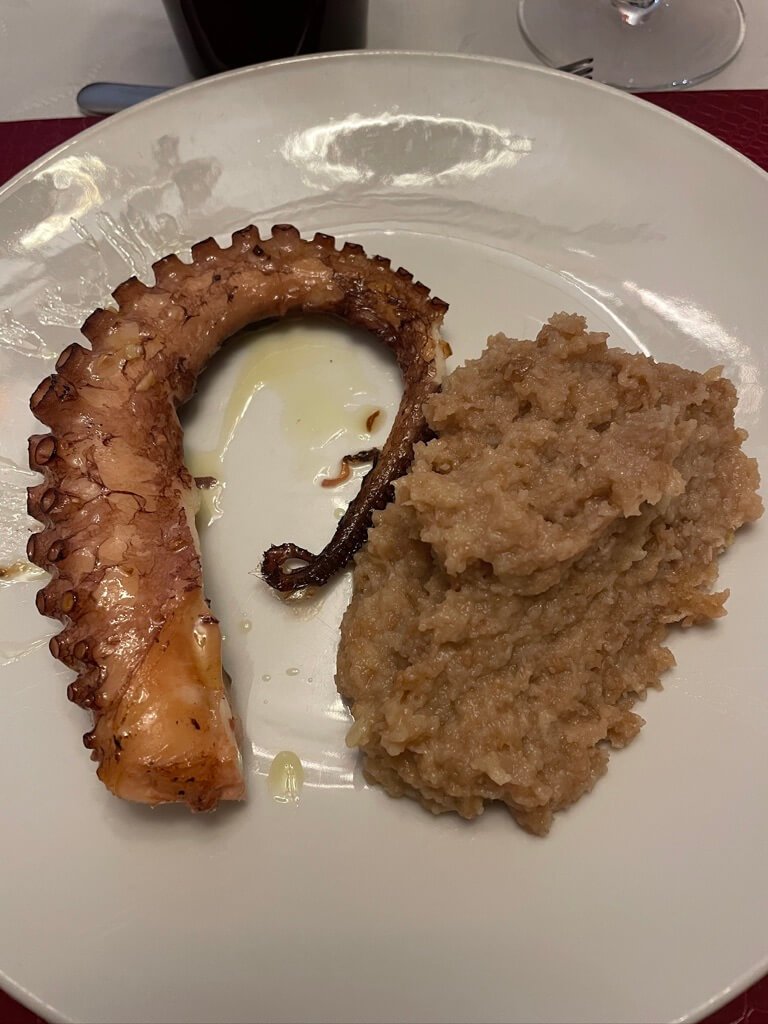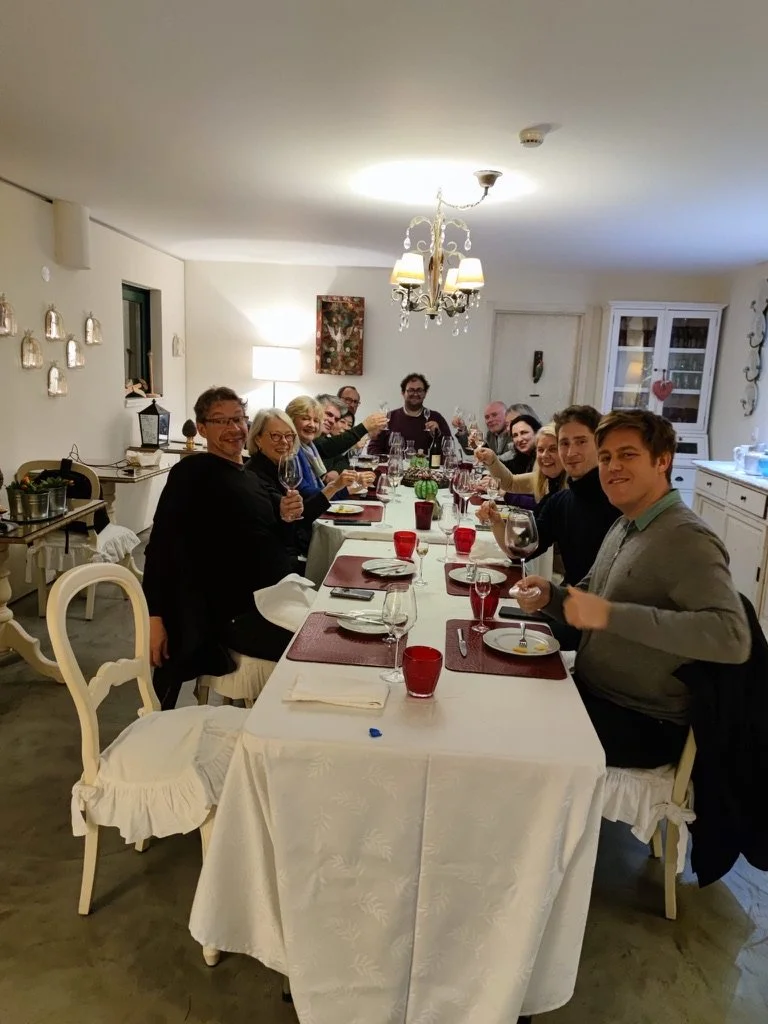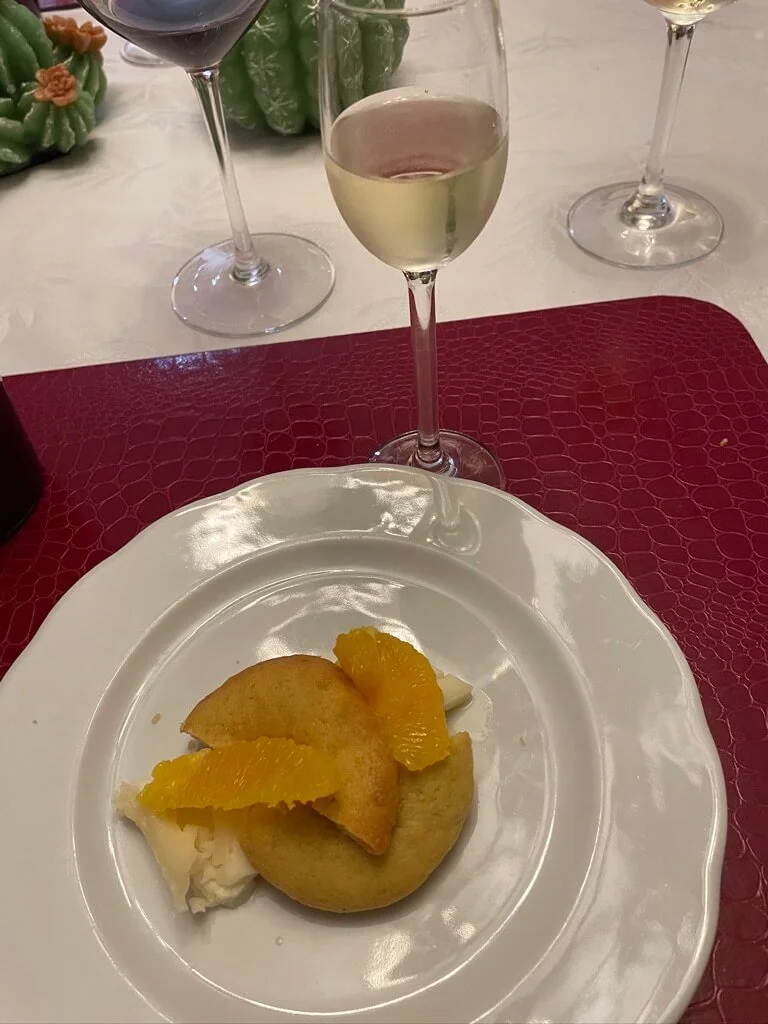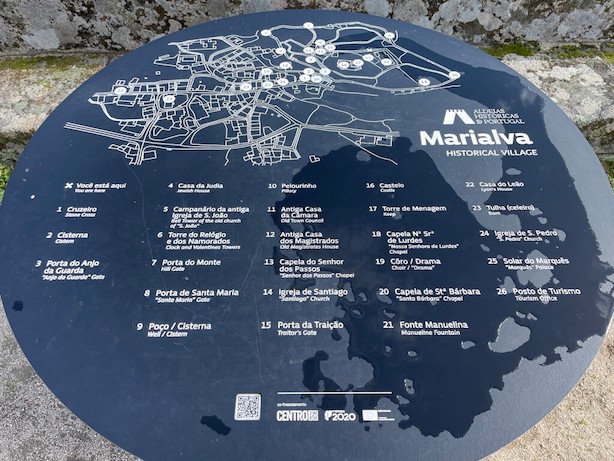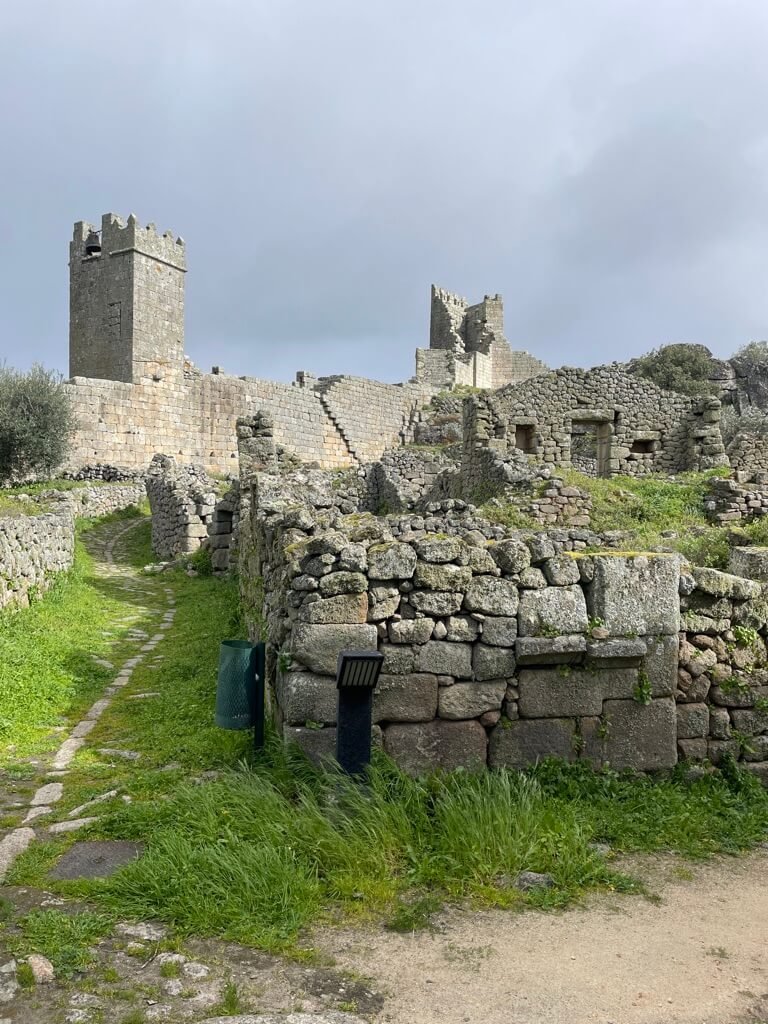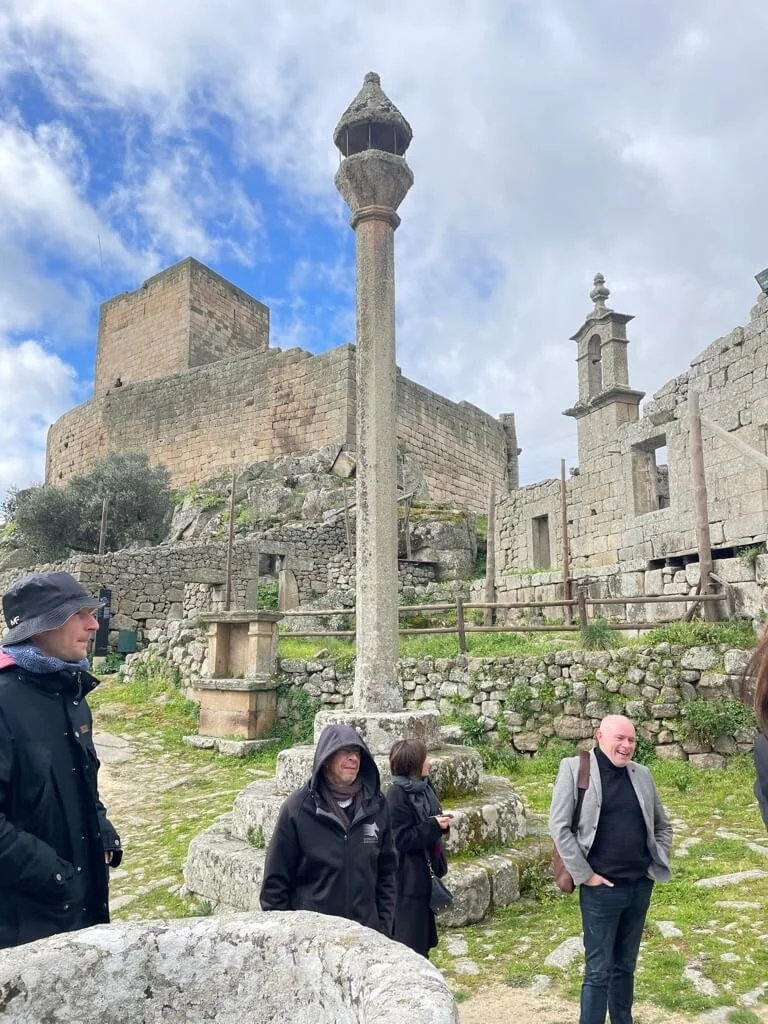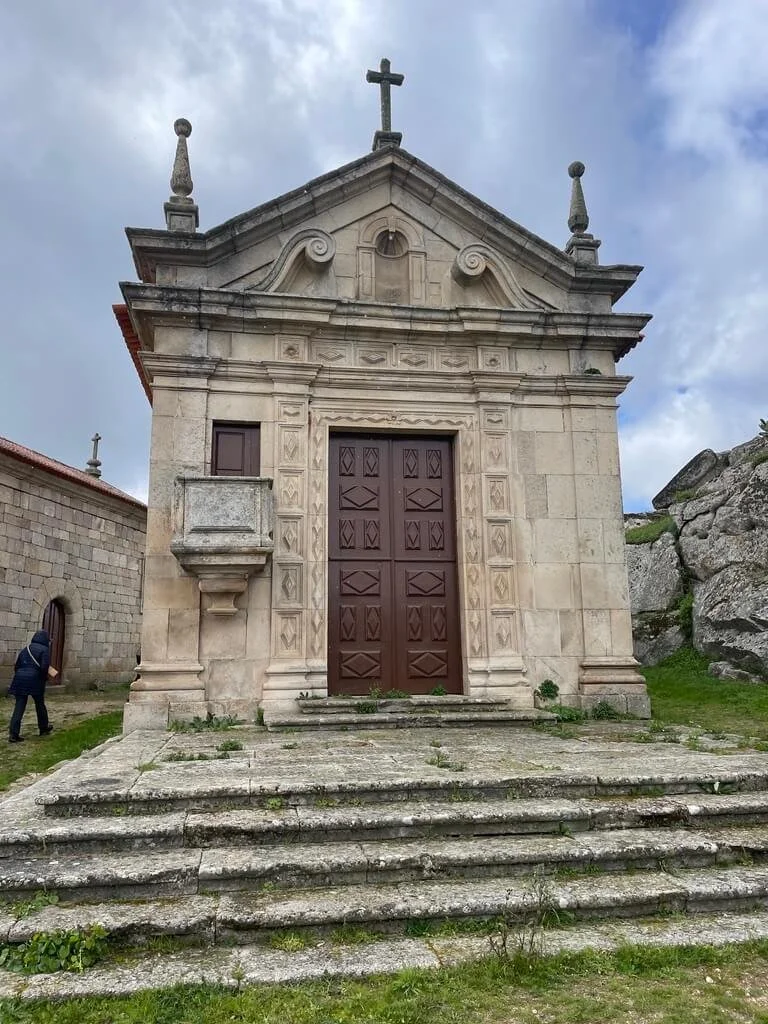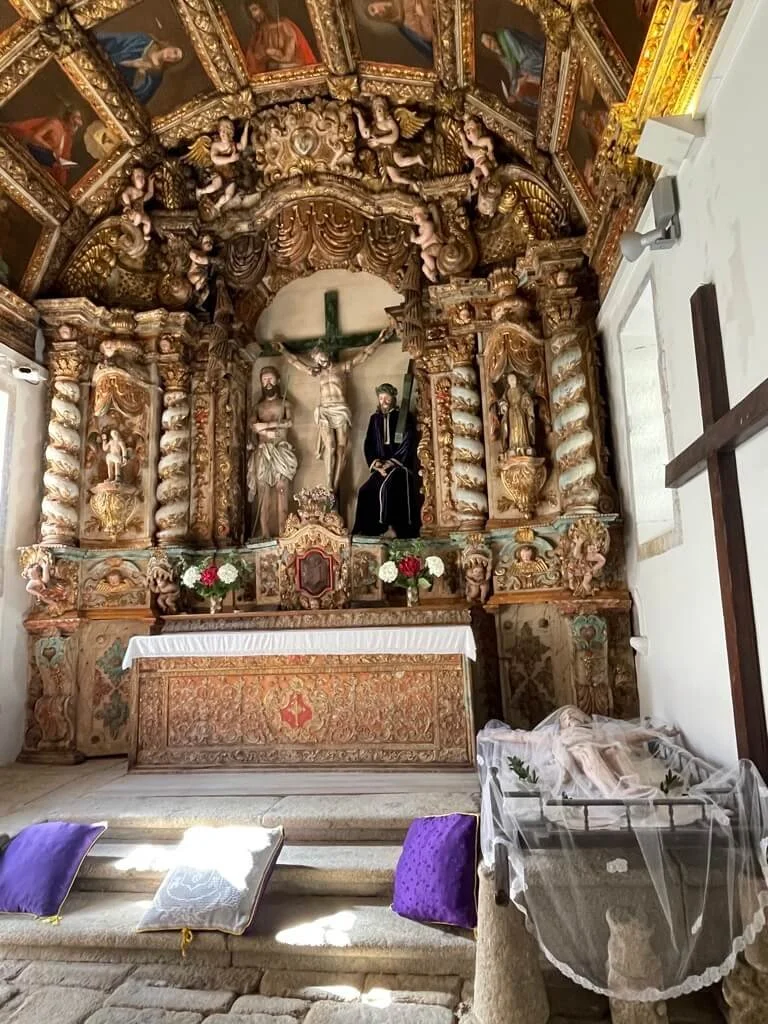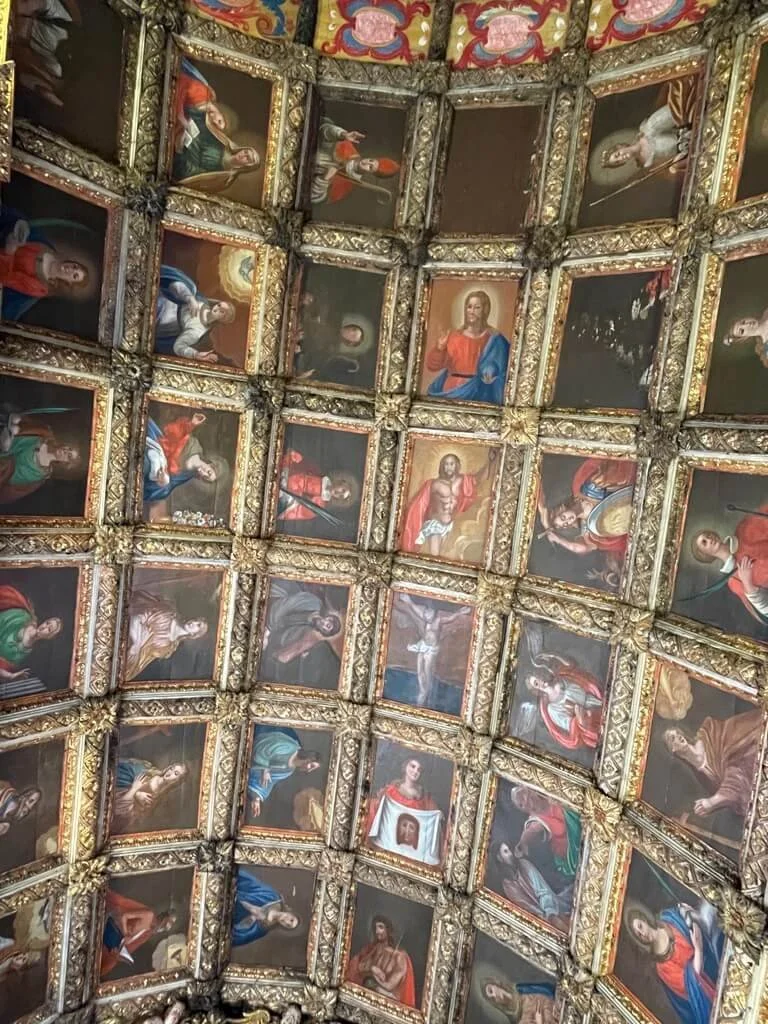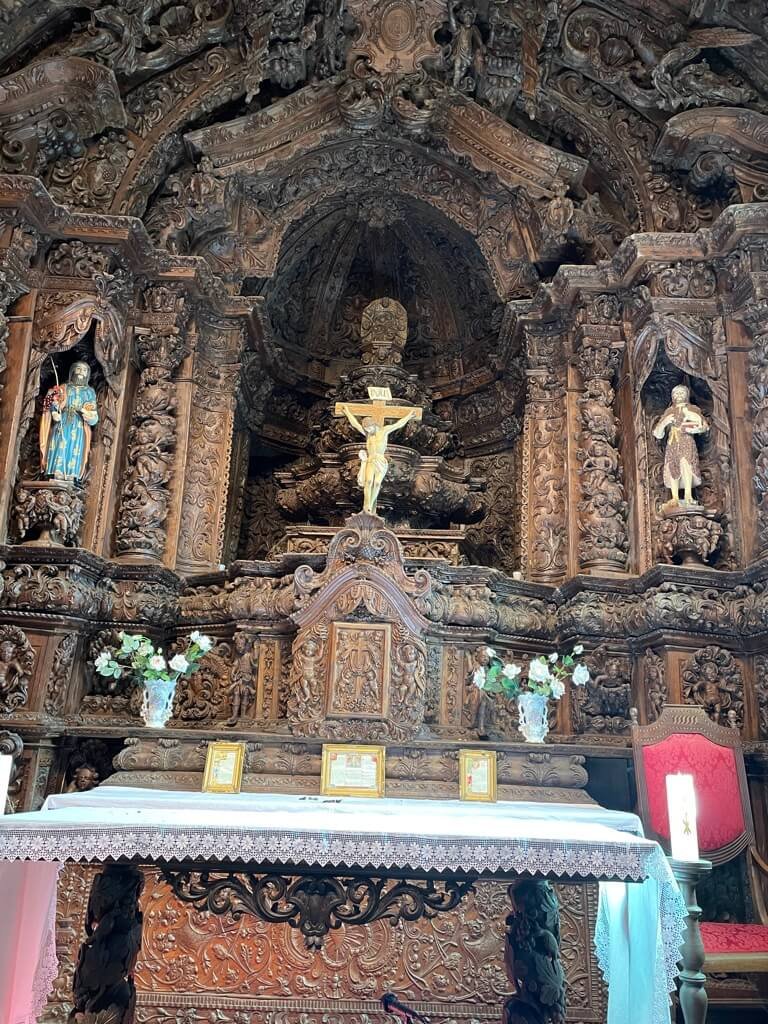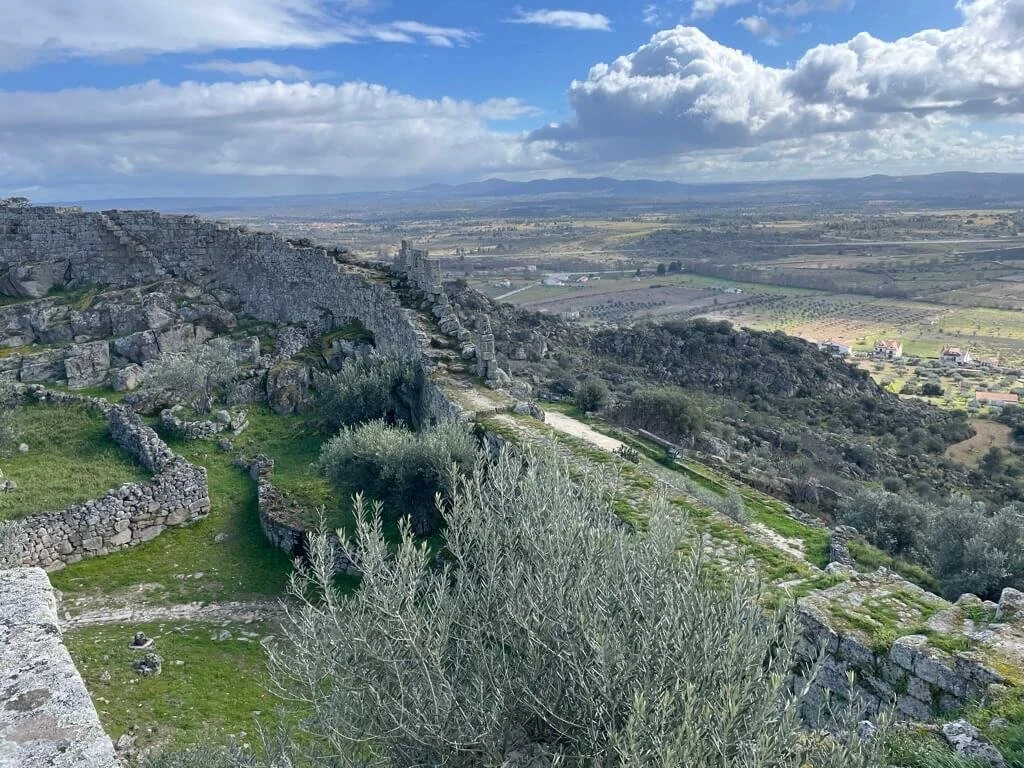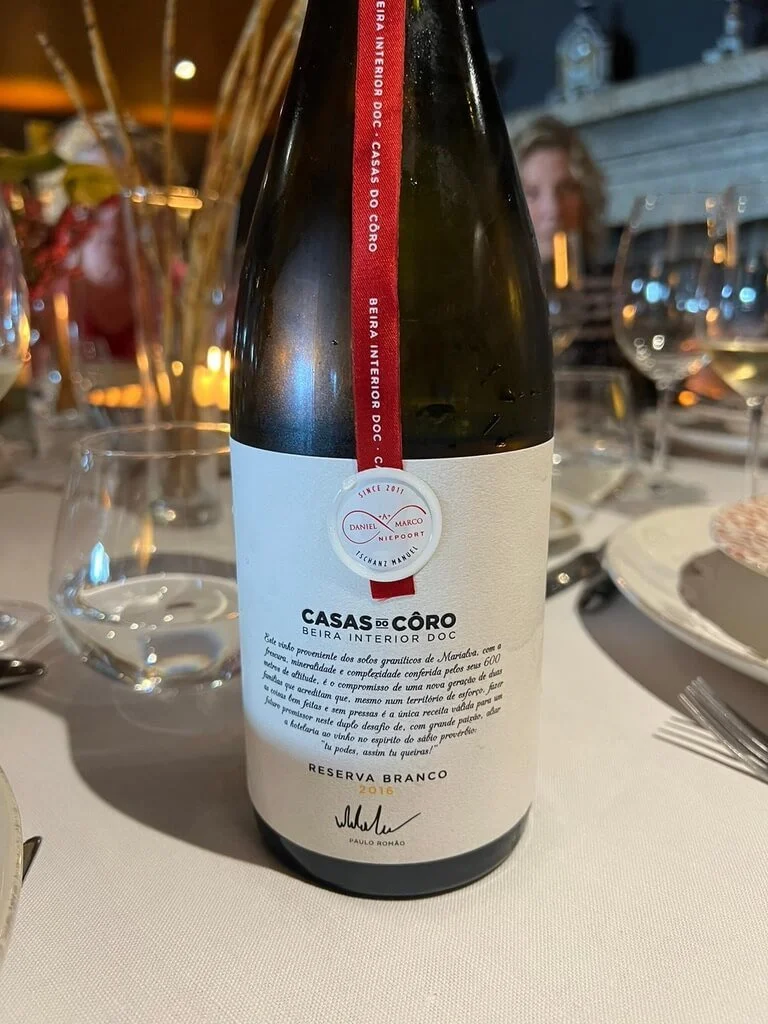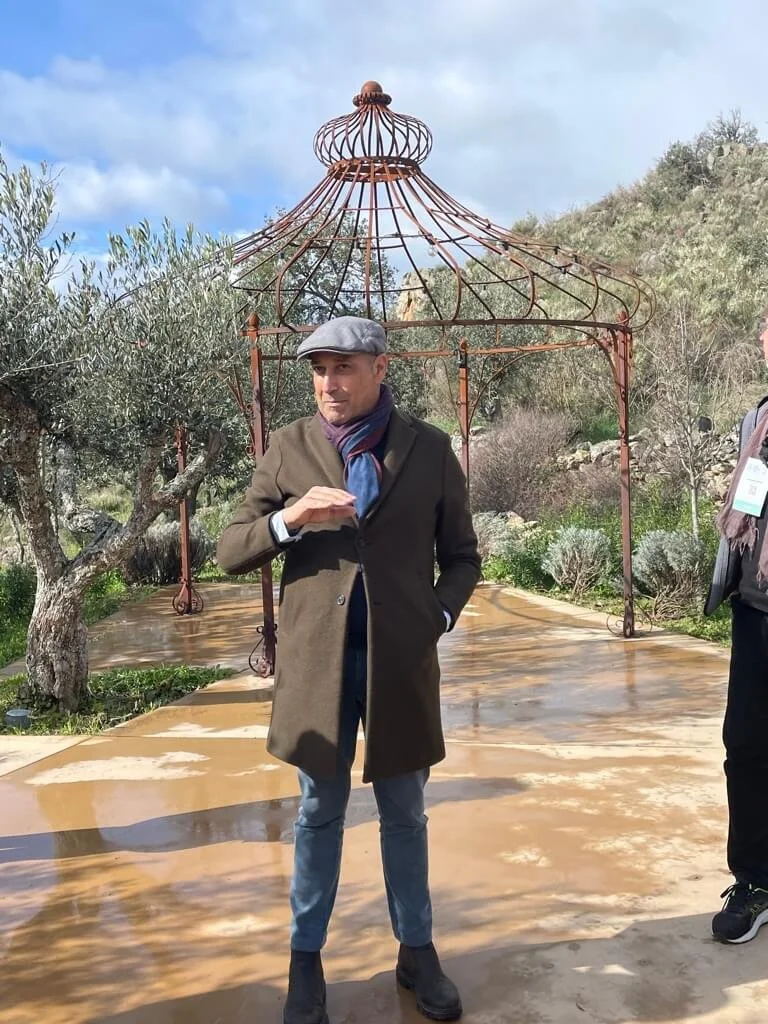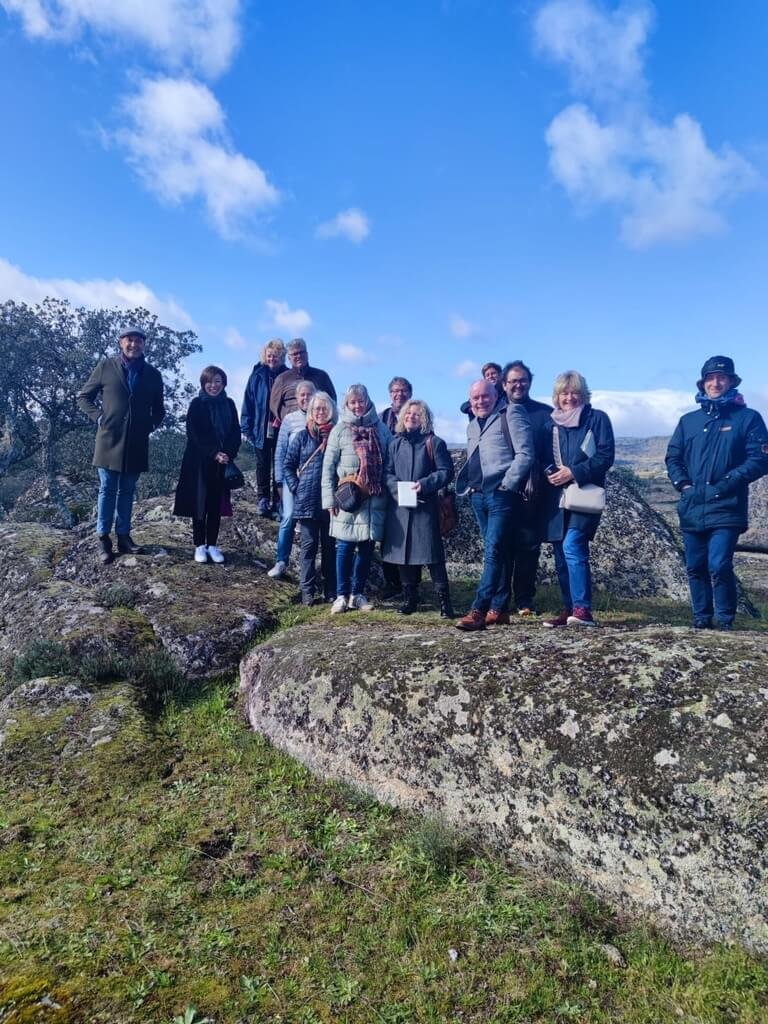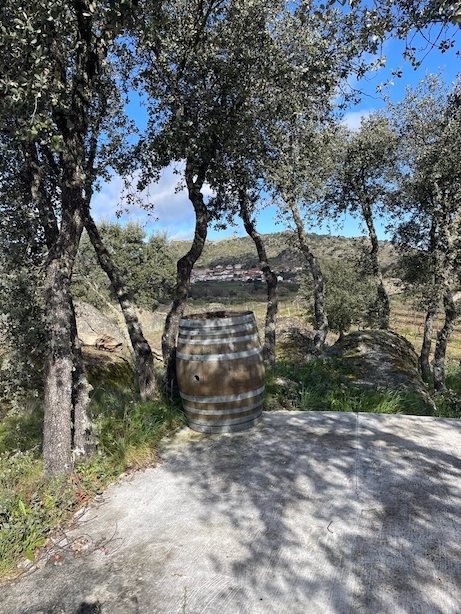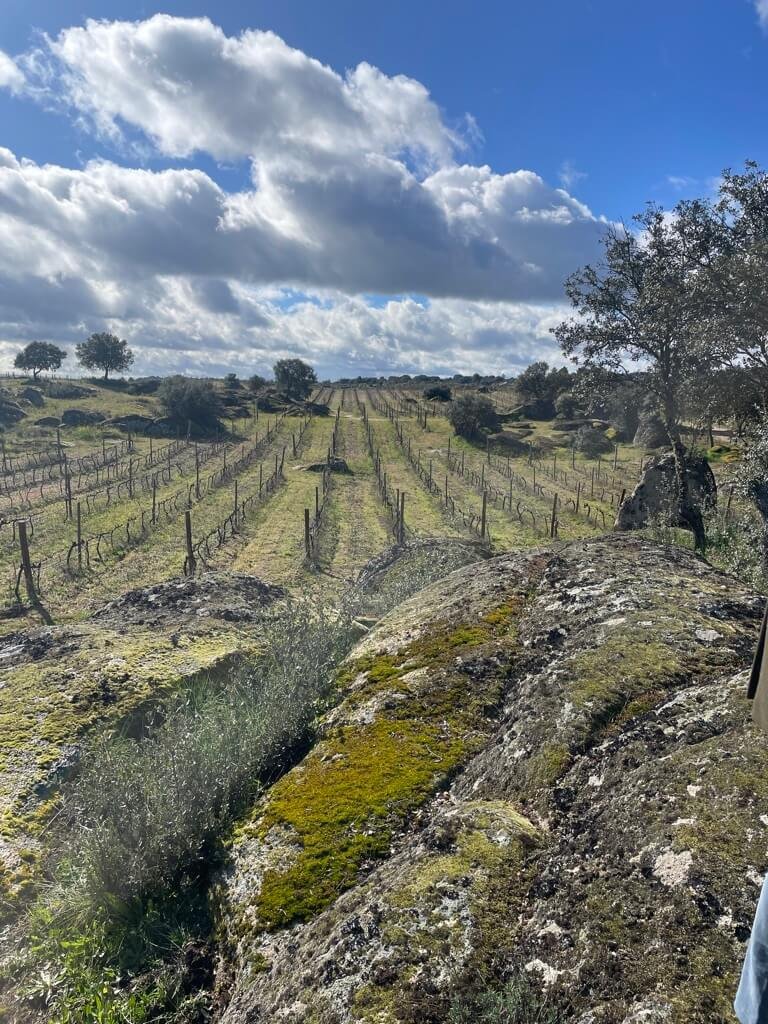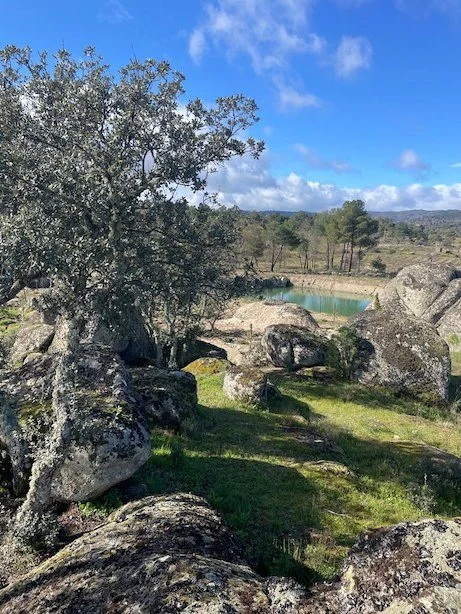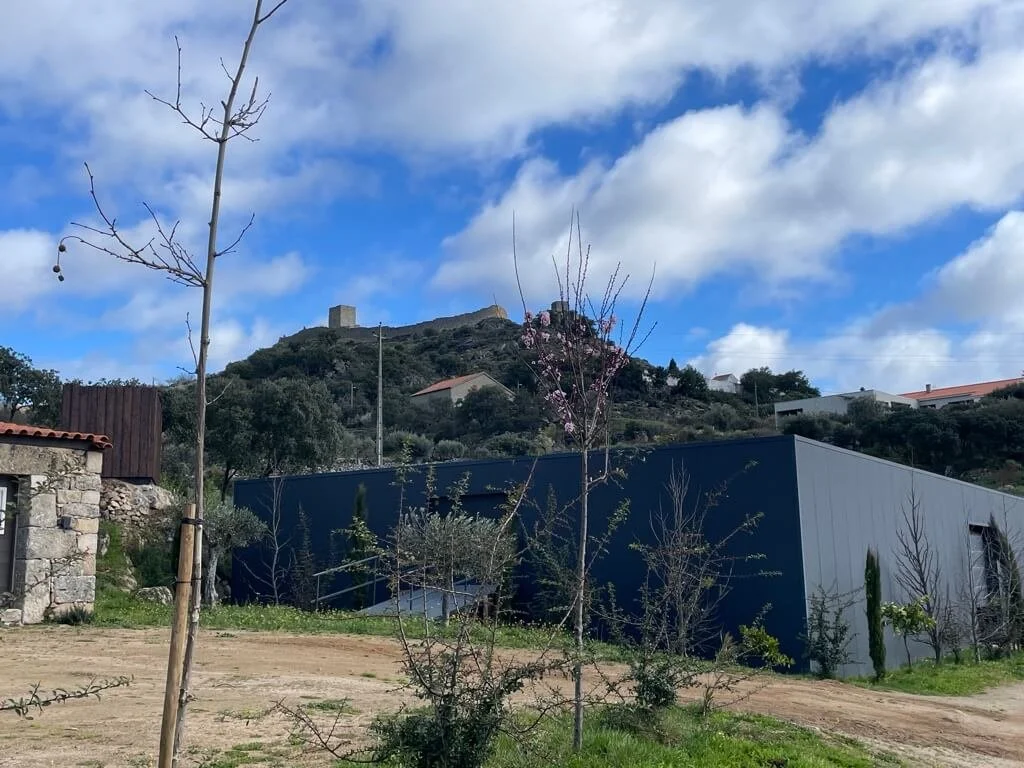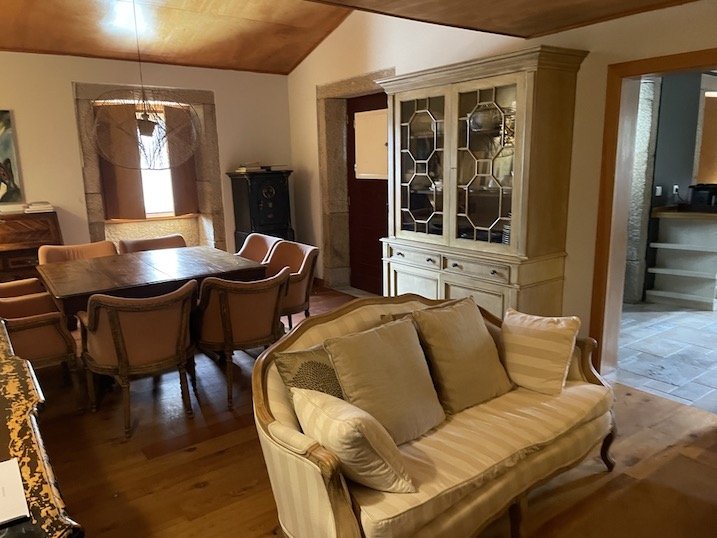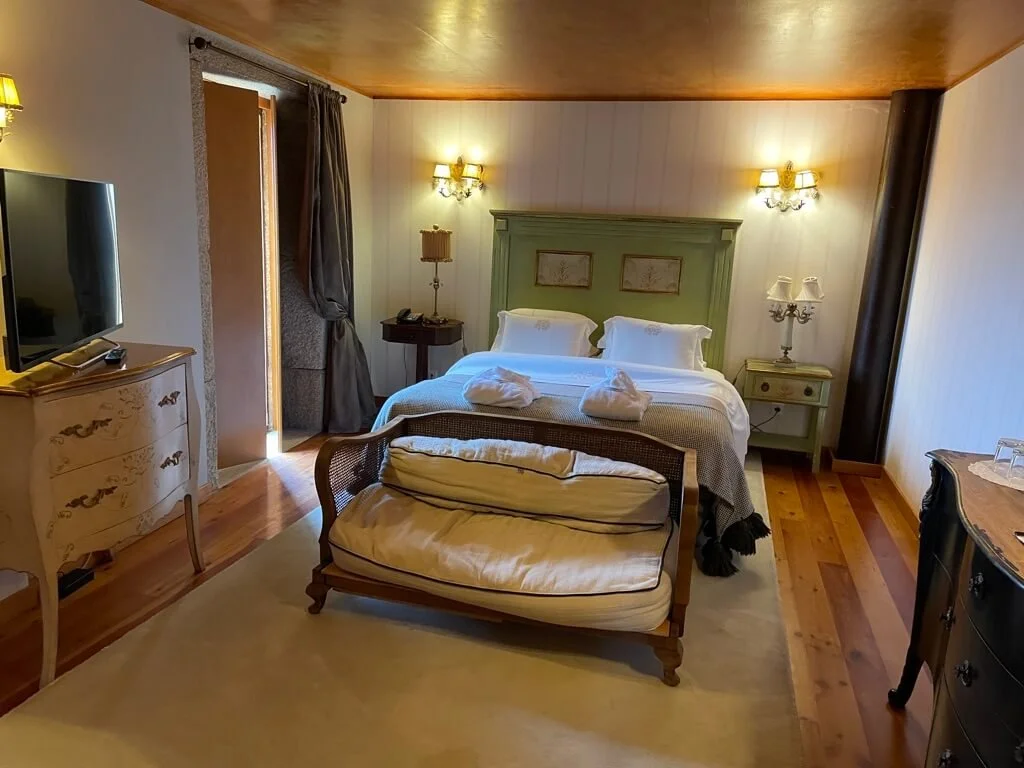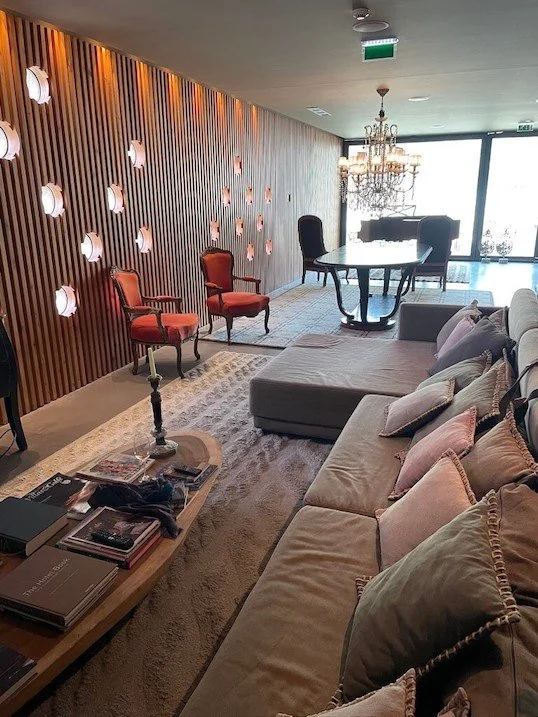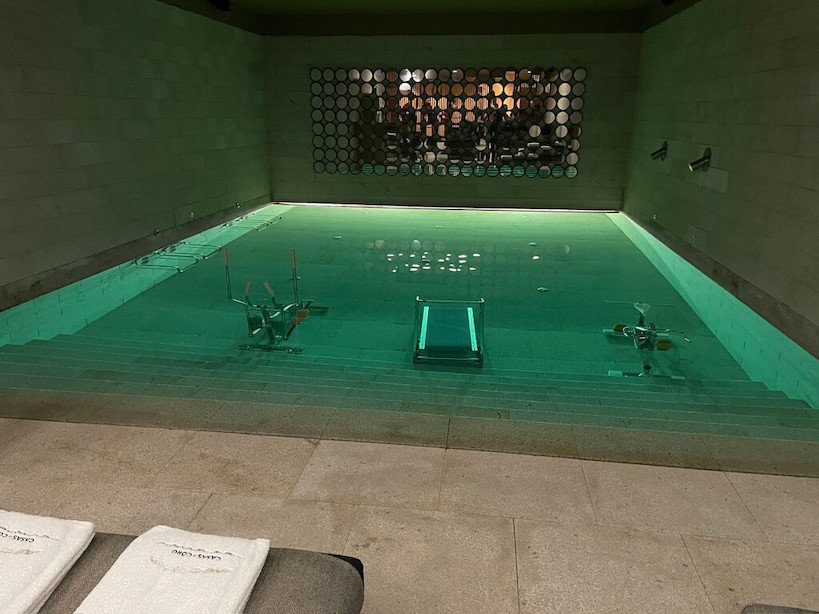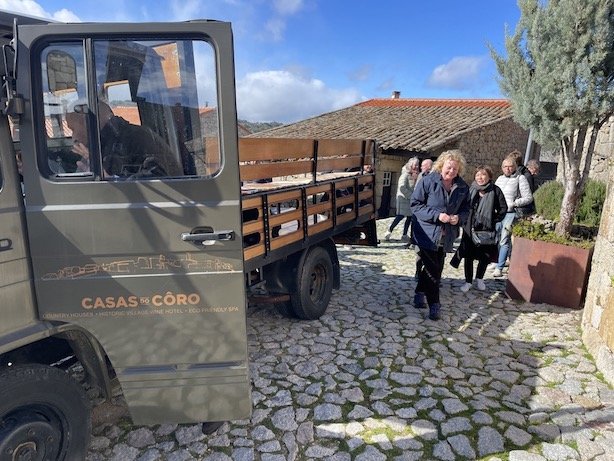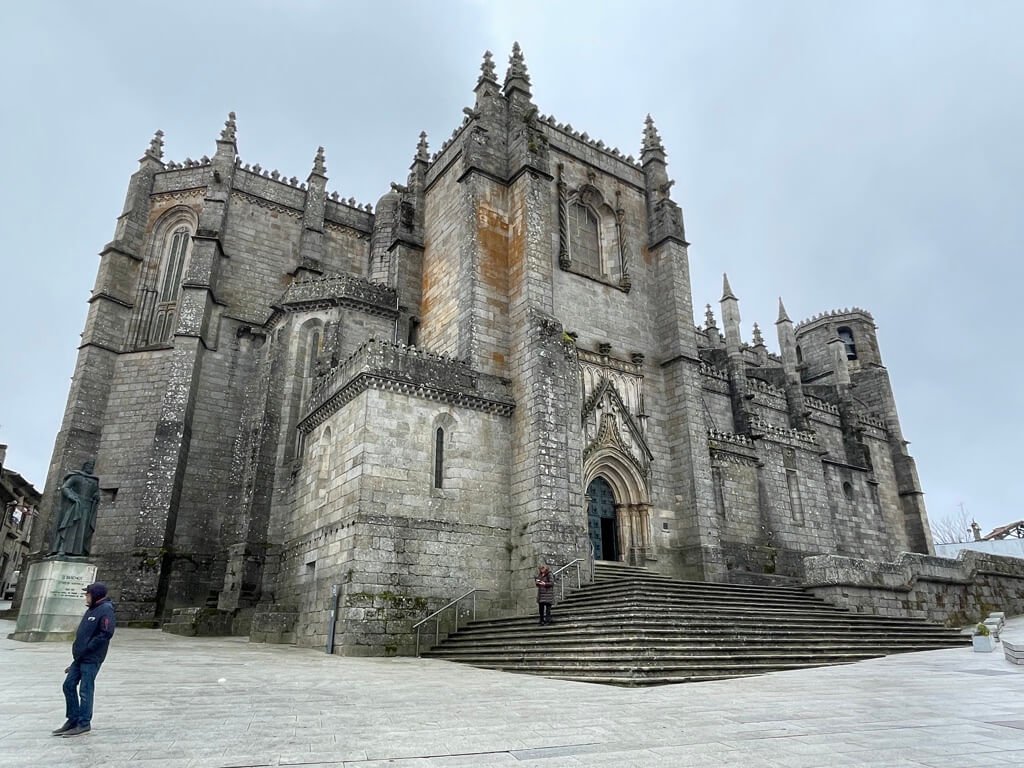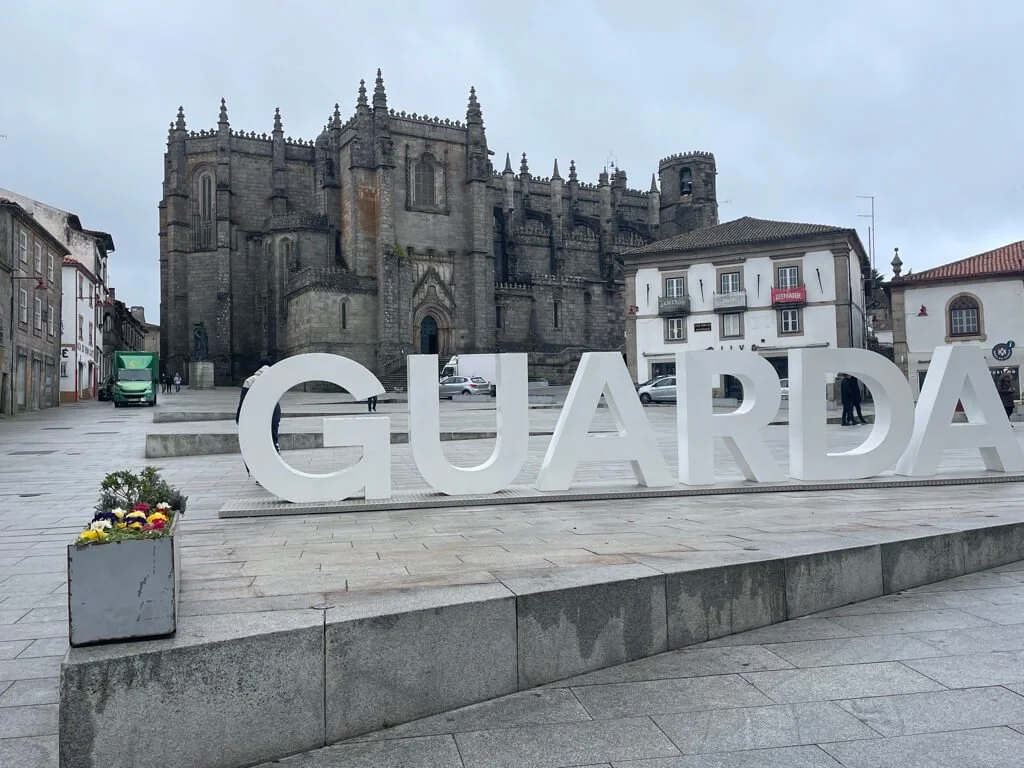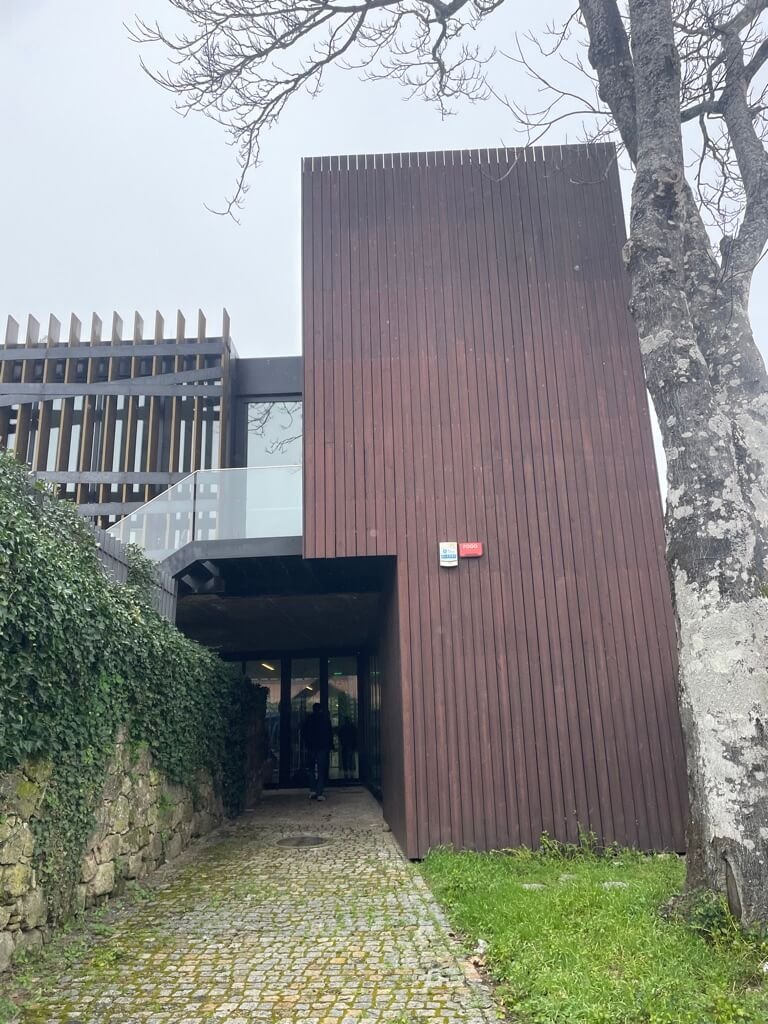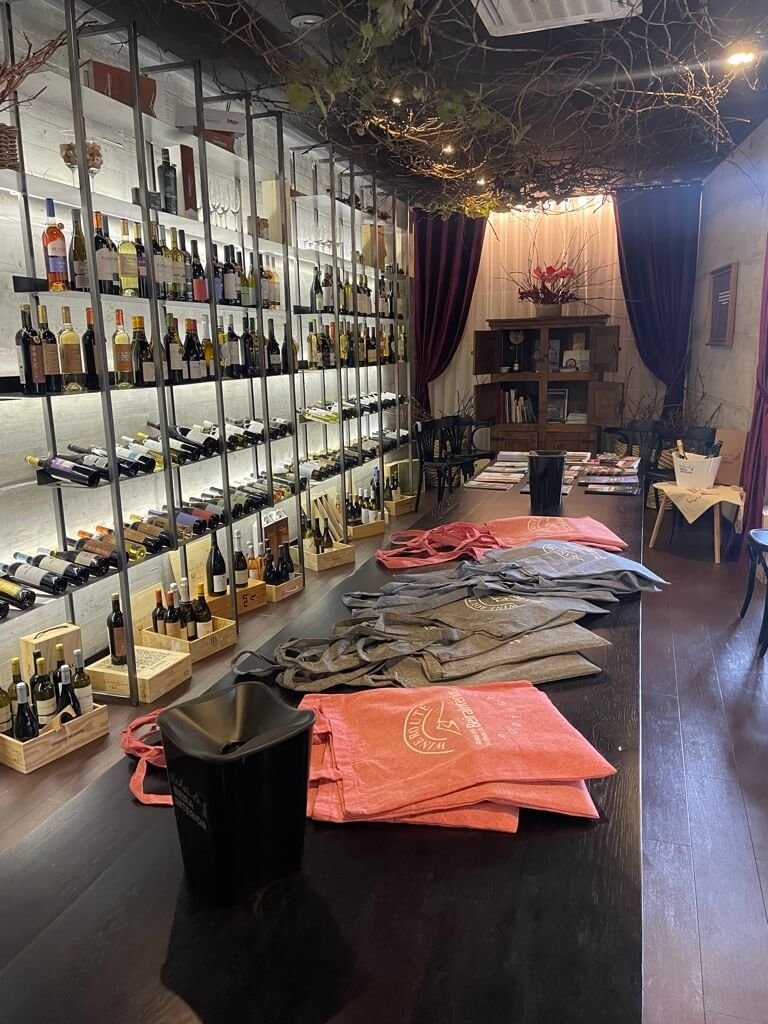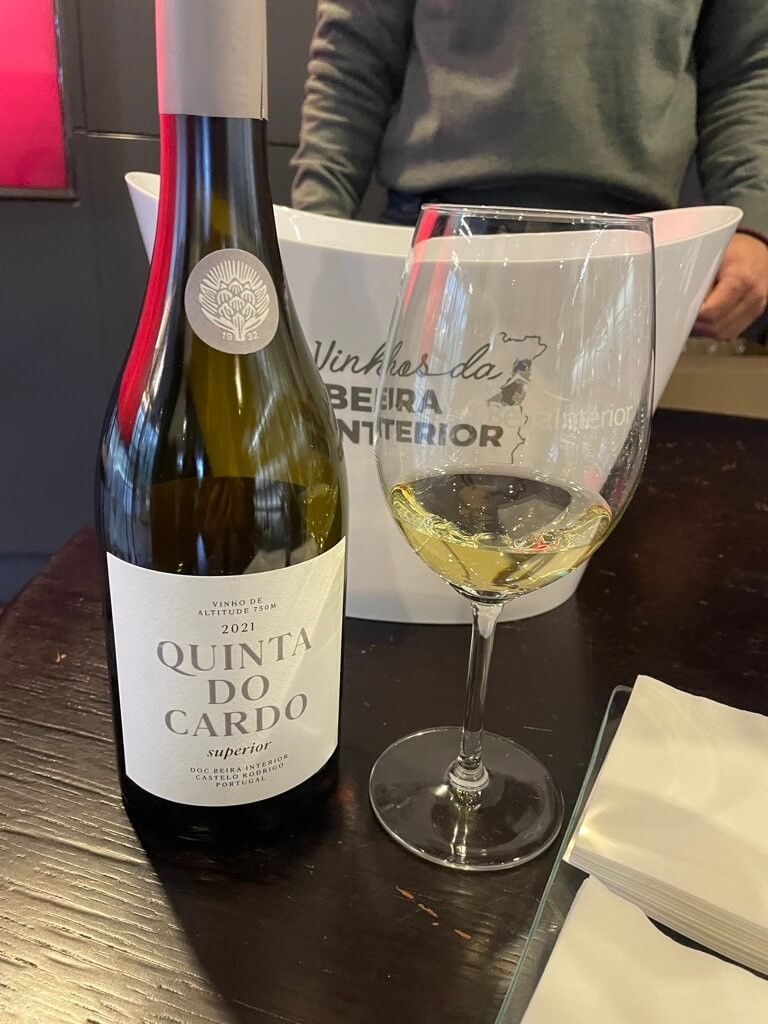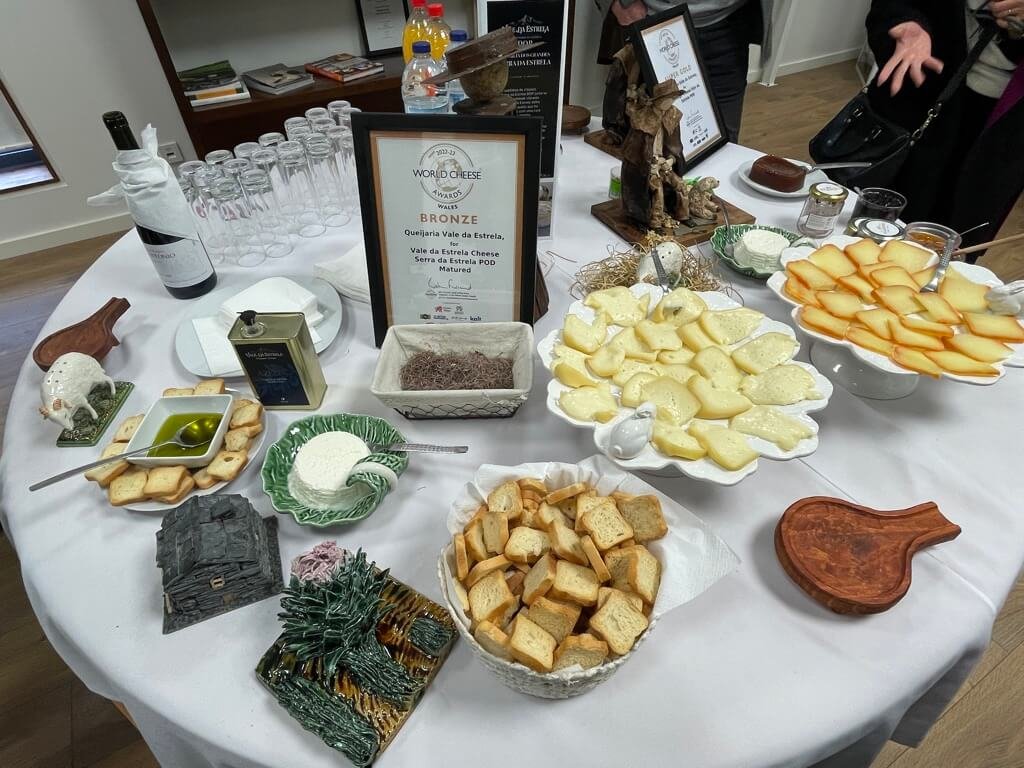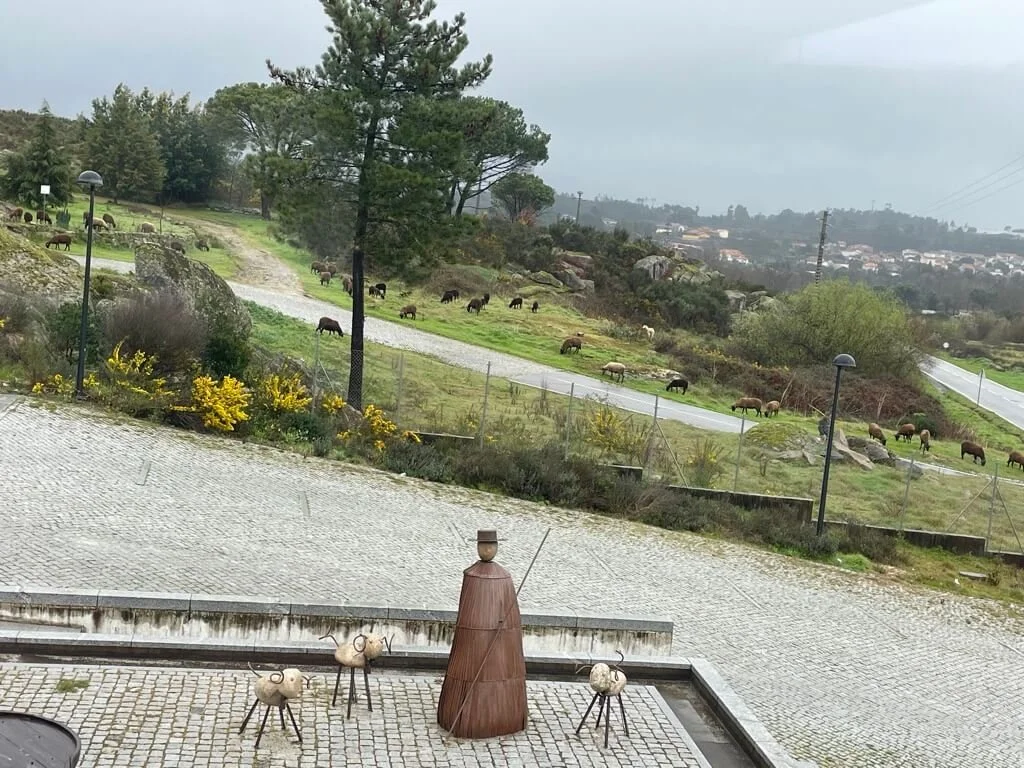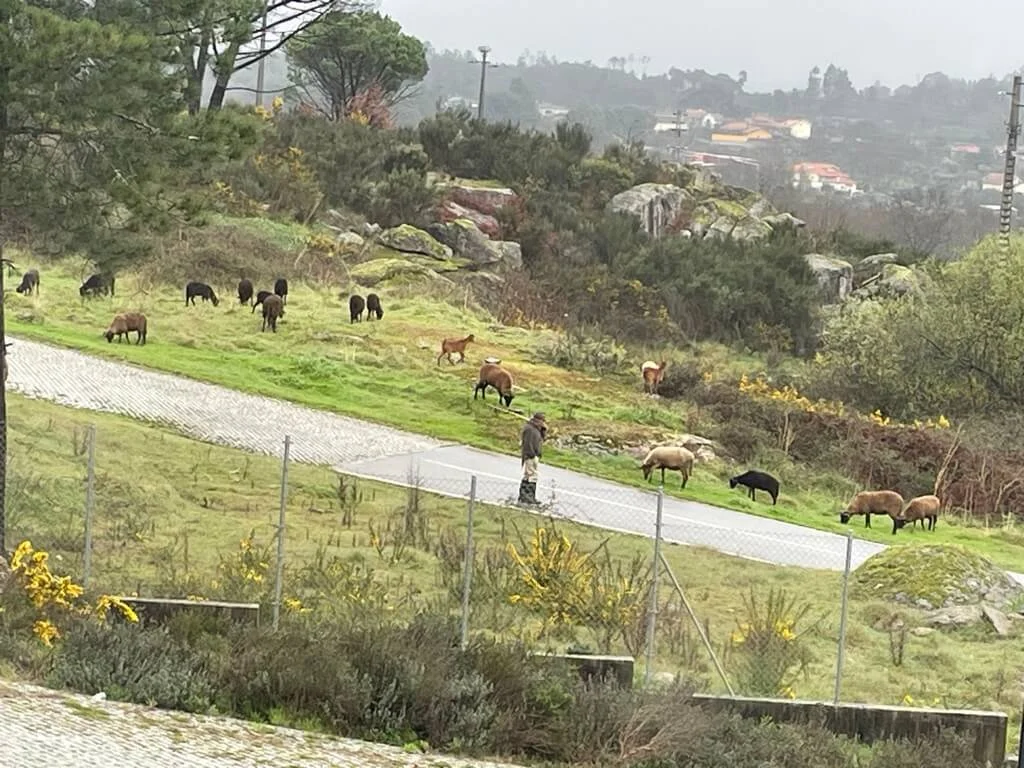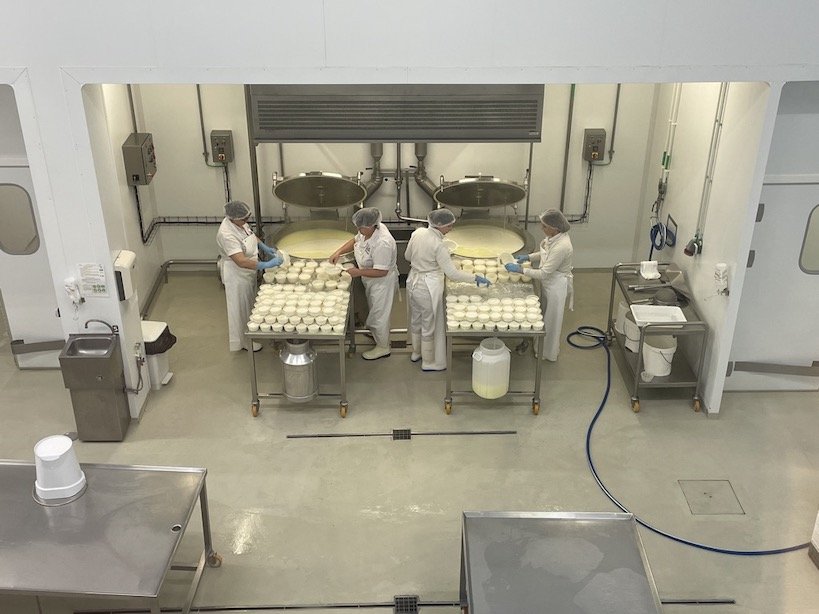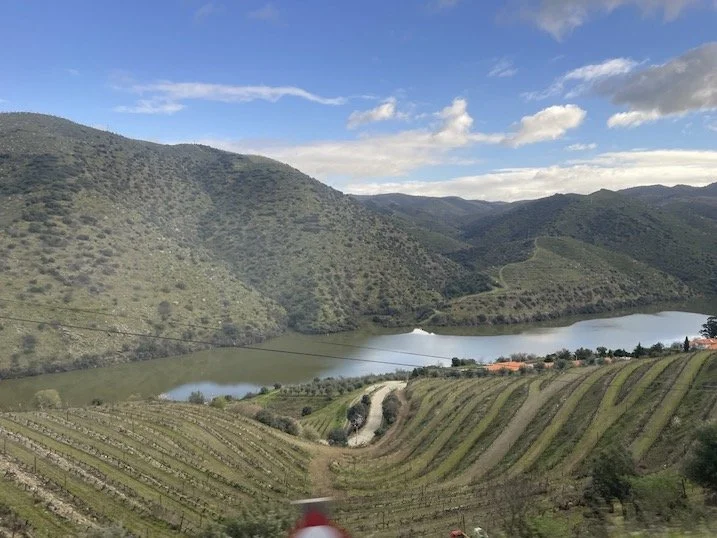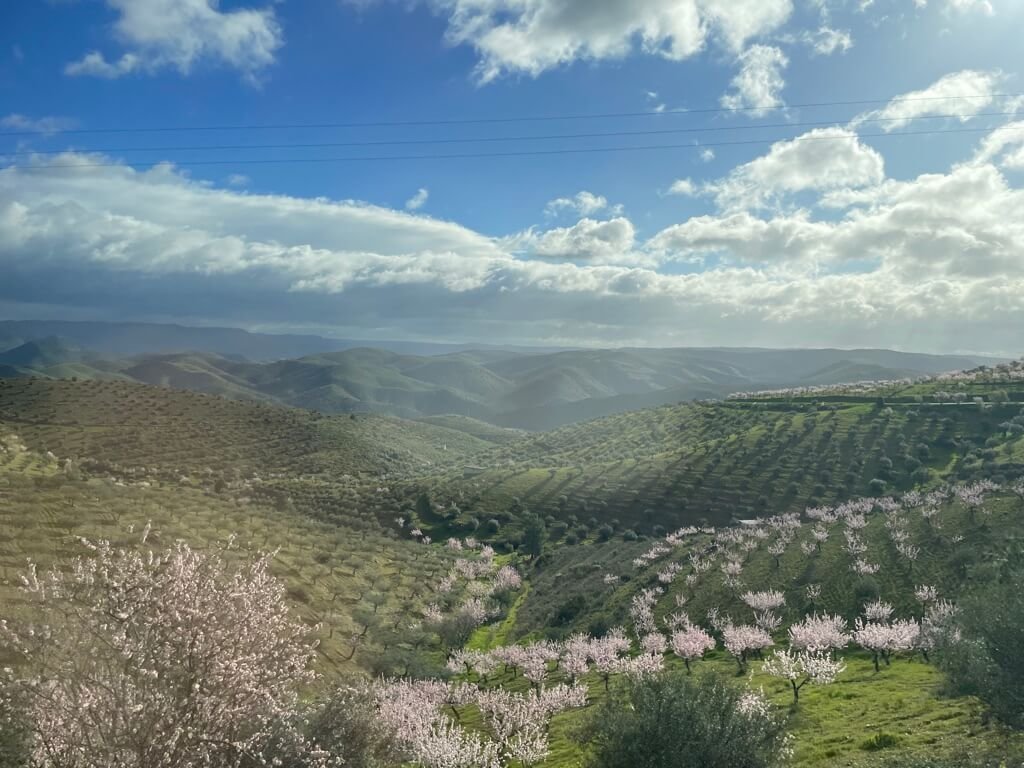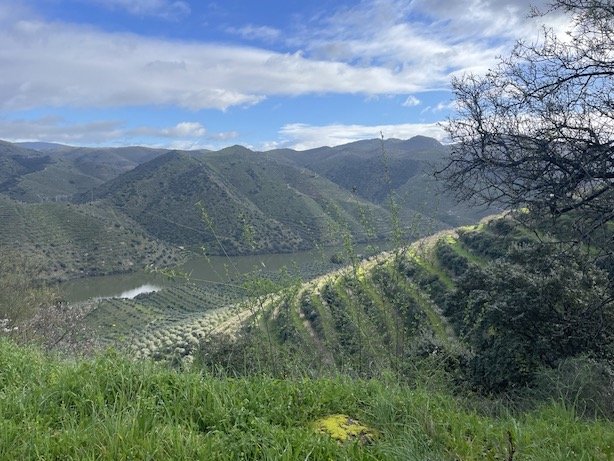Discovering the ‘Historic Villages of Portugal’
Castelo Rodrigo castle - Source: Winekeller
There are ‘12 Historic Villages of Portugal’ and all but one are in Beira Interior - here we discover Castelo Rodrigo and Marialva
Discovering rural Portugal, with its history and traditions, away from the main cities and coastal resorts, is a real joy for us and during a recent trip to the Beira Interior region we got to explore two of the most beautiful villages in Portugal. These villages are 2 of the 12 Historic Villages of Portugal, which are all located close to the Spanish border and all played a vital role in defending Portugal against the enemy over centuries of war.
Read on to see what we discovered in this very special part of rural Portugal and why you should also visit!
Watch the video here:
The Historic Villages of Portugal
The ‘Historical Villages of Portugal’ is a culturally and historically important project aimed at recovering, protecting and promoting a unique part of Portugal's heritage.
There are 12 ‘Historic Villages of Portugal’ - and all but one are in the central Beira Interior region. Each one played a strategically vital role in protecting Portugal’s border, acting as a line of defence against the enemy.
Here is the full list of Portugal’s Historical Villages: Almeida, Belmonte, Castelo Mendo, Castelo Novo, Castelo Rodrigo, Idanha-a-Velha, Linhares da Beira, Marialva, Monsanto, Piódão, Sortelha and Trancoso.
These fortified villages lie along the border with Spain and it’s possible to plan a visit to all of them via a network of walking, driving and cycling routes.
A stay in this region, visiting these amazing villages is not just about history, it offers the opportunity to experience the real Portugal, to learn about the traditions, customs and culture of its people, to enjoys some amazing scenery and landscapes, unspoiled by time and of course to sample some superb, traditional food and some excellent wines!
Visiting this part of Portugal and experiencing it through the lens of these amazing Historic Villages is like stepping back in time, enabling you to enjoy a really immersive and authentic Portuguese experience. It’s also a chance to stop, to relax, to reflect and to appreciate….
See here for more information.
The Historic Village of Castelo Rodrigo, Portugal
Our first stop was the small, mediaeval, hilltop village of Castelo Rodrigo, looking down over the plateau below stretching eastwards to Spain and northwards to the deep valley of the River Douro.
According to tradition, the mediaeval village of Castelo Rodrigo and the castle which protected it were founded by Alfonso IX of León and came into the possession of the Portuguese crown in 1297. For more than 600 years, Castelo Rodrigo was a town and municipal seat and was the site of several battles over that time, in fierce disputes over territory.
Castelo Rodrigo also stood on the route taken by the pilgrims travelling to Santiago de Compostela. Legend has it that none other than St. Francis of Assisi spent the night here on his pilgrimage to the tomb of St. James.
Now a quiet, peaceful village, Castelo Rodrigo has been restored as part of the Historic Villages of Portugal project, to enable visitors to appreciate its past glories and historical heritage and the beauty of its location. The village retains its mediaeval structure, surrounded by imposing walls and key features not to be missed include these walls, the 16th century Manueline pillory, the ruins of Cristóvão de Moura Palace, the mediaeval church, the parish church and the mediaeval cistern.
Castelo Rodrigo was recognised by the World Tourism Organisation in 2021 as one of ‘The best tourism villages in the world’.
We took a walk around the village during the early evening, when the sun was setting and it was truly magical. If only those walls could talk!
Learn more about Castelo Rodrigo.
Our stay at Casa da Cisterna Castelo Rodrigo Portugal
We had the fortune to stay overnight in the very heart of the historic, mediaeval village of Castelo Rodrigo, in the Casa da Cisterna, named after the ancient cistern that once served as water reservoir for the village. The small swimming pool in front of the property serves to remind of the property’s history and also offers a great spot from which to enjoy those incredible views over the plateau below.
Casa da Cisterna pool and views over the plateau below - Source: Winekeller
Nine rooms and two suites have been carefully restored to provide a relaxed, comfortable and authentic stay and there is a wonderful living and dining space where families and groups can enjoy home-cooked, traditional food, including a fabulous breakfast. You can also request a picnic lunch if you are planning a day trip.
We enjoyed a lovely traditional meal of soup, followed by roasted octopus, then local Serra da Estrela cheese, washed down with some delicious wines, including a superb dessert wine!
Casa da Cisterna provides the ideal accommodation for those wishing to really experience the beautiful village of Castelo Rodrigo and to get away from modern-day life and be transported back to a different time and place.
The hospitality here is warm and friendly - our host Ana, the co-owner of Casa da Cisterna was incredibly hospitable and shared lots of information with us about the village, its history and local customs and traditions.
Note - the Historic Villages of Almeida and Castelo Mendo are close by so you could combine a visit to these too.
The Historic Village of Marialva, Portugal
The Historic Village of Marialva stands on top of an imposing cliff, on the left bank of the River Alva, close to the town of Mêda. It was an important military stronghold in the Middle Ages but dates back to the 6th century BC, when it was an ancient settlement, inhabited by the Aravi tribe.
Marialva was successively occupied by the Romans by the Suevi and Arabs, who installed themselves in its defensive fort and was then conquered in 1063 by Ferdinand the Great, the king of León, who gave it the name of Malva, later changed to Marialva. It is also said that the king of Portugal, D. Afonso II, gave the settlement to one of his lovers, D. Maria Alva, in 1217, and that she was the one who gave her name to the village.
The castle was rebuilt by D. Sancho II of Portugal, around the year 1200, on the ruins of the Romanised hill fort and the town quickly grew around the inaccessible castle, becoming one of the most important in the area during mediaeval times. King D. Dinis established a Fair in the town in 1286 and aided by its border location, this brought trade and prosperity to Marialva.
The historic village of Marialva - Source: Winekeller
Today the cobbled streets of Marialva are lined with buildings that come from another time, leading to the remains of the imposing castle and keep and the medieval citadel, surrounded by its at one time impenetrable city walls.
We visited the spectacular castle and citadel ruins and thoroughly enjoyed a guided tour which included the 16th century São Tiago parish church, with its baroque altars and the Nossa Senhora dos Passos Chapel. We would highly recommend doing this.
Standing on the ancient pilgrims' route, Marialva still celebrates the annual fair of Santiago (St. James) on the Apostle´s Day (25 July), as well as important dates in the religious calendar.
Our visit and lunch stop at Casas do Coro, Marialva
23 years ago, Paulo and Carmen Romão began to implement their dream of building a unique hotel and resort in the heart of historic Marialva, with the aim of creating the most incredible and immersive experiences for visitors and thus helping to support the economy of this special village.
Casas do Côro is a very special, unique place where visitors can escape, unwind, relax and enjoy the most wonderful nature, scenery, history and culture in this part of Portugal, as well as the genuine hospitality of its people.
Casa do Côro consists of 13 houses and a total of 31 rooms and each is furnished to an impeccable standard. There is an eco-friendly spa (complete with aqua gym!) making this the perfect resort for families or couples alike.
Casas do Côro ‘secret places’ - Source: Winekeller
Dining at Casas do Coro
Guests can enjoy dining - at lunch and dinner - in the beautiful restaurant, with carefully created meals by Carmen Romão, reflecting fresh, local produce and a modern twist on traditional dishes.
The wines served are made from grapes in Casas do Côro’s own vineyards (see later).
We enjoyed a spectacular lunch at Casas do Côro, featuring a beautiful cauliflower and leek soup, paired with an excellent white, reserve wine, followed by veal, slow cooked in clay pots, accompanied by roast potatoes and vegetables. We were served a wonderful red wine, made from local Rufete grapes from old vines to accompany the main meal.
If that weren’t enough we then enjoyed a selection of desserts including the most incredible orange cake!
Casa do Coro vineyards
Marialva is on the border of the Beira Interior and Douro wine regions and the terroir here is perfect for both red and white wines, but especially white. The granite soils and the high altitude (600 metres) help produce excellent wines.
Paulo Romão planted 14 hectares of vineyards and produces wines for consumption in his hotel, but his wines are also sold across Portugal.
Casas do Côro wine tourism activities
Paulo Romão really understands wine tourism. His business is hospitality, but he has created an incredible hotel and wine resort, where guests can enjoy superb hospitality, as well as a wide range of activities and entertainment focused around nature, sport, food and wine!
Activities and programmes include walks, picnics and gourmet dining in ‘secret spots’ around the resort, including in the vineyard and amongst the olive, cork and almond trees, sunset drives into the vineyard, BBQs in a beautiful spot close to the winery, with incredible views up to the Marialva castle, excursions by boat or train, including to the nearby Douro region, visits to the Côa Archeological Museum, cooking experiences and e-bike trips amongst others!
Casas do Côro offers the most exceptional hospitality and wine tourism experiences and we wouldn’t hesitate to recommend spending time here as part of a visit to the beautiful historic village of Marialva and the Beira Interior and nearby Upper Douro regions.
Tips for visiting this part of Beira Interior
Visiting Guarda
The 2 historic villages of Castelo Rodrigo and Marialva in Beira Interior are just 50-65 kims away from the regional capital of Guarda.
We can highly recommend visiting Guarda, the highest city in Portugal and known for its imposing cathedral. We can also recommend sampling the local Beira Interior wines at the ‘Solar do Vinho da Beira Interior’, which is located just behind the cathedral.
Where to eat in Guarda
There are lots of excellent places to eat in Guarda, where you can enjoy traditional food and local wines, but special mention must go to Nobre Vinhos e tal, located in the main square with unrivalled views over the cathedral.
We enjoyed a superb lunch here of traditional, local sausage and cheese, river trout and veal and a lovely egg dessert, all paired with an excellent selection of local Beira Interior wines, including some wonderful sparkling wines, a superb 2004 Chardonnay, a lovely white made from the local grape Fonte Cal, 2 fabulous local red blends and finally, a beautiful dessert wine - Vinho Licoroso. Wow what a lunch!
Nobre Vinhhos e Tal - Source: Winekeller
Nobre Vinhos e Tal wines, Guarda - Source: Winekeller
Visit a cheese-making factory
Serra da Estrela cheese is the famous local sheep cheese of Beira Interior and what better way to learn about it than to visit a cheese-making factory?
Vale da Estrela produces the finest DOP Serra da Estrela cheese in a modern factory located in Mangualde, just outside the city of Viseu. The only ingredients are: raw milk (from the Bordaleira sheep breed), thistle flower and salt. Thistle flower and salt are added to this unique milk to allow it to curdle. The curd is then drained and made into cheese by the hands of women cheesemakers, respecting the ancient traditions.
Visit the Upper Douro
The Upper Douro is within easy reach of the historic villages of Castelo Rodrigo and Marialva. You can combine a visit to this famous and stunning wine region and also visit the rock carvings of Vale do Côa, in the Douro Natural Park. We can highly recommend this - see here for more information.
Conclusion and personal highlights
Visiting these beautiful Historic Villages of Portugal is very special and offers a wonderfully authentic experience of the hidden Portugal. We loved both Marialva and Castelo Rodrigo and learning of their history, their traditions and their culture.

